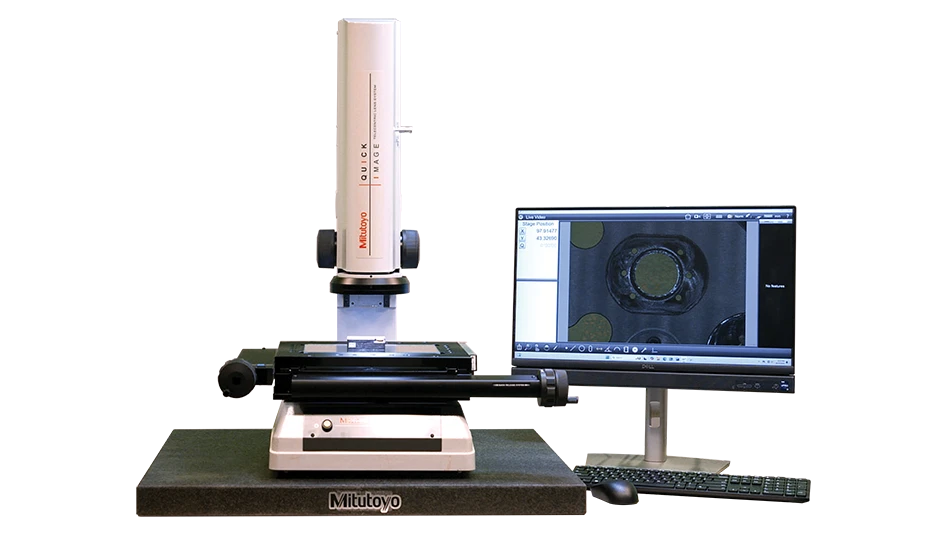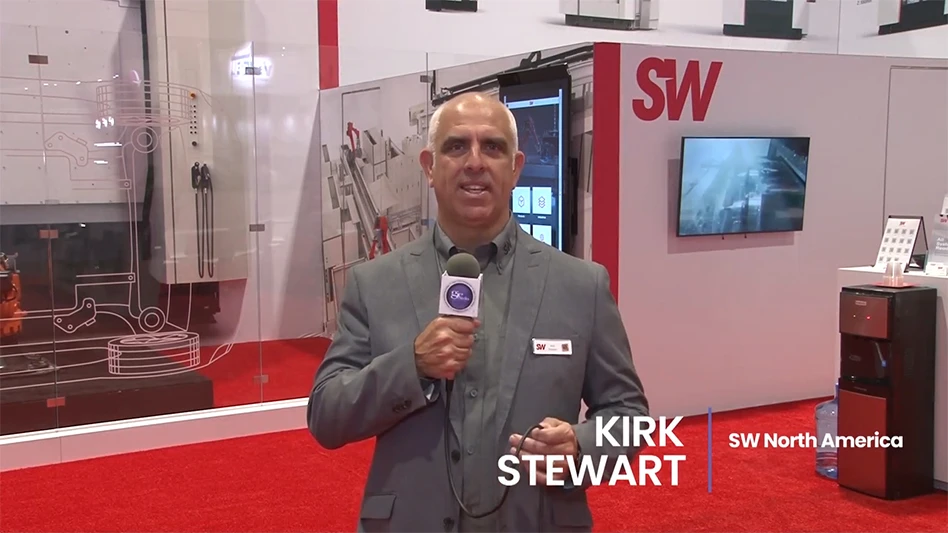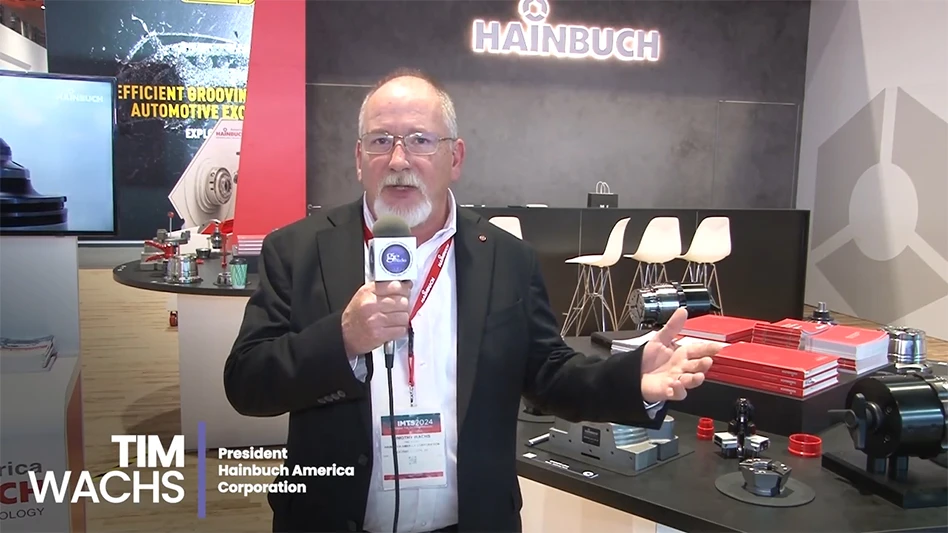

Stratasys Direct Manufacturing will produce 3D-printed polymer parts for use on Airbus A350 XWB aircraft. The company will print non-structural parts such as brackets and other parts used for system installation using Stratasys fused deposition modeling (FDM) production 3D printers and ULTEM 9085 material. The project will improve Airbus’ supply chain flexibility and cost competitiveness while reducing material consumption and waste.
Stratasys Direct Manufacturing’s 3D printing capacity and infrastructure allow printing and shipping parts on demand to Airbus.
Stratasys and Airbus have worked together since 2013 on the implementation of 3D printing FDM technology for Airbus tools and flying parts applications. This collaboration led to the qualification in 2014 of ULTEM 9085 material for

Sciaky joins Siemens PLM Software Solution Partner Program
Sciaky Inc., a subsidiary of Phillips Service Industries Inc. (PSI) will adopt product lifecycle management (PLM) software technology from Siemens to support its electron beam additive manufacturing (EBAM) solution.
As part of the partnership, Sciaky will offer Siemens’:- NX software, an integrated solution for computer-aided design, manufacturing, and engineering (CAD/CAM/CAE)
- NX Nastran, computer-aided engineering analysis (CAE) solver technology
Sciaky’s EBAM systems produce parts ranging from 8" (203mm) to 19ft (5.79m) using multi-axis deposition technology. EBAM has gross deposition rates range from 7 lb to 20 lb (3.18kg to 9.07kg) of metal per hour for popular raw materials which come in the form of wire feedstock and include titanium, tungsten, tantalum, Inconel, nickel alloys, niobium, and stainless steels.
3D printing recipes for LENS, Aerosol Jet Customers
More than two dozen Optomec starter recipes will support
LENS Material Starter Recipes provide instructions covering powder feedstock characteristics, machine setup, and processing parameters – including laser power, powder feed rates, and print speed for materials such as stainless steel, titanium, Inconel, and tool steel. Geometry specific recipes are optimized for thin-wall, small-volume, and large-volume structures. Information on expected results is based on independent lab tests that measured mechanical performance.
Aerosol Jet Starter Recipes include information regarding ink types, substrate preparation, process setup, and print parameters. They present expected print results including line width, thickness, and electrical, mechanical, and environmental performance characteristics. Recipes are available for conductive materials including multiple silver, copper, and resistive inks as well as dielectric and adhesive materials.
www.optomec.com3Diligent’s guide to metal 3D printing
The “Complete Guide to Metal 3D Printing: An Overview of Industry Advancement and Technologies,” offers information on current trends in metal 3D printing and existing and emerging processes.
The 13-page report explores metal 3D printing by GE and Boeing; research by 3Diligent; and a summary of the processes, applications, pros, and cons:
- Powder bed fusion – laser melting
- Powder bed fusion – electron beam melting
- Infiltrated binder jetting
- Directed energy deposition
- Wax print-to-cast
- Sand print-to-cast
- Print-to-plating
- Full sinter binder jetting
- Sheet lamination
Nano particle jetting- Extrusion metal
Melding traditional, additive manufacturing
Using 3D printing and working with HK3D, JJ Churchill engineers produced coordinate measuring machine (CMM) fixtures for an aerospace OEM, reducing time by 70% and costs by 50%.
The fixture is needed to hold components in
“In this project, not only did we achieve significant savings in time and money, but our knowledge and capability has rocketed,” says Karan Singh, a JJ Churchill manufacturing engineer and lead in additive manufacturing. “It made us analyze a problem in different ways and pushed our way of thinking. It has also changed the way I think as a design engineer.”


Explore the October 2017 Issue
Check out more from this issue and find your next story to read.
Latest from Aerospace Manufacturing and Design
- Avio USA, ACMI Properties partner on rocket motor production
- norelem's modular clamping systems for metrology
- IMTS 2024 Booth Tour: Behringer Saws
- Toray Advanced Composites acquires Gordon Plastics
- Dillon Manufacturing's 3-jaw chucks
- IMTS 2024 Booth Tour: Belmont Equipment & Technologies
- Boeing strike ends after more than 7 weeks
- Siemens acquires Altair Engineering





